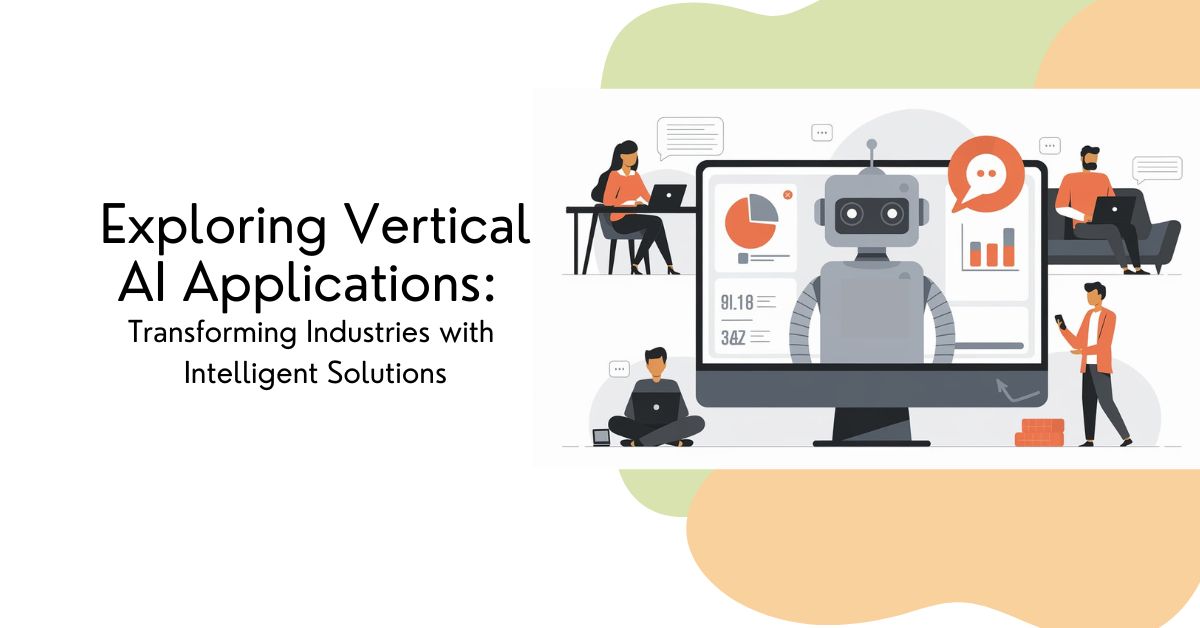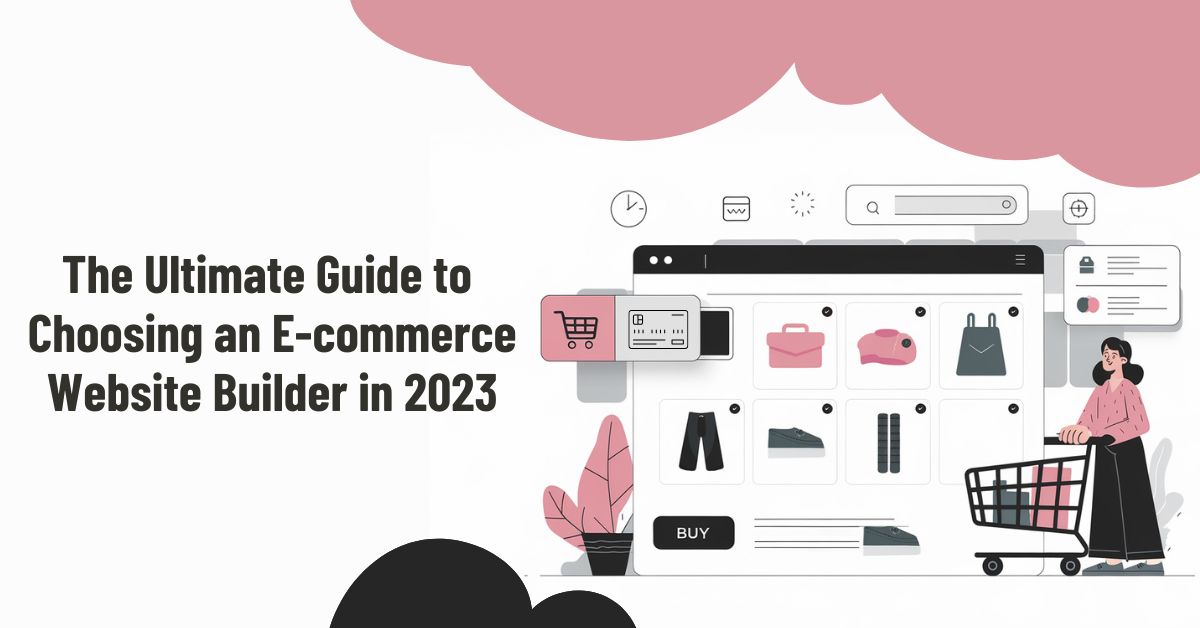### Exploring Vertical AI Applications: Transforming Industries with Intelligent Solutions
Exploring Vertical AI Applications: Transforming Industries with Intelligent Solutions
In today’s world, the potential of artificial intelligence (AI) seems boundless. As industries seek more efficient and effective ways to operate, vertical AI applications emerge as a game-changing force. These applications are not just reshaping specific sectors but are revolutionizing how industries harness technology to meet specific challenges. Unlike one-size-fits-all solutions, vertical AI applications are tailored to address the nuanced needs of individual industries. This results in improved accuracy, efficiency, and satisfaction across the board. By exploring these vertical AI applications, companies can unlock their full potential, maximizing the benefits of AI in personalized, meaningful ways.
### Understanding Vertical AI Applications
What are Vertical AI Applications?
Vertical AI applications refer to AI solutions tailored to meet the specific needs of particular industries. Unlike horizontal AI solutions, which provide generalized algorithms and models applicable across various sectors, vertical AI applications dive deeper, focusing on the intricacies and unique demands of a single industry. By customizing AI technologies to industry-specific data and processes, these applications can solve problems more effectively and deliver greater value. Below are the key characteristics that make vertical AI stand out:
- Customization: Tailored to fit the specific requirements of an industry.
- Precision: Targets the specific challenges and opportunities within a sector.
- Regulatory Compliance: Designed to meet the legal and industry standards unique to each field.
- Data Utilization: Leverages industry-specific data for greater insights and accuracy.
- Integration: Seamlessly fits into existing industry workflows and systems.
### Key Industries Transforming with Vertical AI
Top Industries Leveraging Vertical AI Applications
Healthcare
The healthcare sector is witnessing a profound transformation through vertical AI applications. From diagnostics to personalized medicine, AI is driving significant improvements in patient care and operational efficiency. For instance, AI-powered diagnostic tools can analyze vast amounts of data to assist professionals in identifying diseases at an earlier stage, increasing the chances of successful treatment. Personalized medicine, on the other hand, uses patient-specific data to tailor treatment plans, improving outcomes and reducing side effects.
Finance
AI’s role in finance extends far beyond algorithms and big data crunching. In fraud detection, vertical AI applications help financial institutions identify suspicious activities and patterns with greater accuracy, thus reducing false positives and increasing the security of transactions. Similarly, in algorithmic trading, AI predicts market trends and performs trading operations at speeds and accuracies unmatched by human traders. This leads to more informed, strategic decision-making and increased profitability.
Retail
The integration of vertical AI in retail is transforming customer experiences and operational practices. AI applications in supply chain optimization help retailers predict demands, enhance inventory management, and streamline operations. Additionally, personalized marketing uses customer data to create tailored marketing strategies, resulting in increased customer engagement and sales. AI’s ability to analyze shopping habits and preferences allows retailers to offer individualized promotions and recommendations, boosting customer loyalty and satisfaction.
Manufacturing
In the manufacturing sector, vertical AI applications are instrumental in predictive maintenance and process optimization. By monitoring equipment through sensors and data analytics, AI can predict machine failures before they occur, significantly reducing downtime and maintenance costs. Moreover, AI’s role in process optimization allows manufacturers to refine their production lines, improving efficiency, reducing waste, and enhancing product quality.
### Technologies Driving Vertical AI Applications
Core Technologies Behind Vertical AI
The power behind vertical AI applications lies in various advanced technologies, each playing a pivotal role in their development and implementation:
Machine Learning: This technology is at the heart of most AI applications. By learning from data inputs and outcomes, machine learning models become more accurate and efficient over time. In retail, for example, machine learning algorithms analyze purchasing patterns to predict future sales trends.
Natural Language Processing (NLP): NLP enables computers to understand and respond to human language, making it crucial for applications like chatbots and virtual assistants. In healthcare, NLP helps process and interpret large volumes of patient records, supporting better clinical decisions.
Computer Vision: This technology allows machines to interpret and process visual data. In manufacturing, computer vision is used for quality control, inspecting products for defects faster and more accurately than human inspectors.

### Benefits and Challenges
Pros and Cons of Vertical AI Applications
While the benefits of vertical AI applications are impressive, they also present certain challenges that industries must navigate:
| Benefits | Challenges |
|---|---|
| Increased accuracy and efficiency due to tailored solutions | High implementation costs and required expertise |
| Improved compliance with industry-specific regulations | Data privacy concerns and security issues |
| Enhanced customer experiences and satisfaction | Scalability issues across different regions or sectors |
Organizations must weigh these factors carefully when considering the integration of vertical AI technologies. Overcoming these challenges requires strategic planning, investment in skilled personnel, and robust security measures.
### The Future of Vertical AI Applications
Future Trends and Predictions for Vertical AI
The field of vertical AI is continually evolving, with new advancements and trends emerging rapidly. Here are some potential trends that could shape the future:
“The integration of AI into specific industry sectors will usher in a new era of innovation, increasing precision and personalization beyond what we currently deem possible.” – AI Industry Expert
Increased Personalization: As AI technologies advance, the ability to customize experiences and solutions to the individual level will become more pronounced, particularly in sectors like retail and healthcare.
Autonomous Systems: From self-driving cars in transportation to automated production lines in manufacturing, the use of fully autonomous systems is likely to expand, driven by the capabilities of vertical AI applications.
AI-Driven Sustainability: With growing concerns over the environment, AI applications will focus more on sustainability, helping industries reduce waste, optimize resource use, and cut down on emissions.
### Conclusion
Vertical AI applications stand at the forefront of transforming industries by offering targeted, intelligent solutions that address specific challenges. By leveraging technologies such as machine learning, NLP, and computer vision, these applications not only enhance efficiency and accuracy but also pave the way for futuristic innovations. As industries continue to break through technological barriers, the importance and potential of vertical AI will undeniably grow. Companies that embrace this transformation can expect to lead their sectors, delivering unprecedented value to both their customers and their operations.
### Call to Action
Interested in seeing how vertical AI can transform your industry? Share this post with your colleagues, or subscribe to our newsletter for the latest insights and updates on AI technologies.
### Meta Tags and Alt Text
### Internal and External Links
For more articles on AI and its impact on various industries, check out our AI Industry Trends section. For authoritative insights, visit AI Technology Channel.







